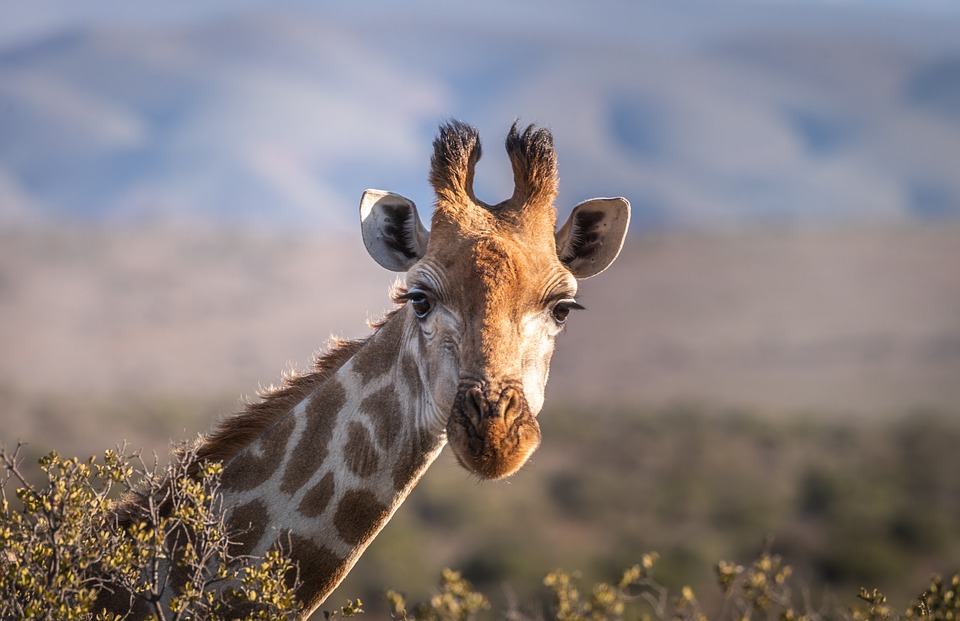Blown Away: Wind Farms Linked to Deadly Consequences for Birds
As the world continues to grapple with the challenges of climate change and the need for renewable energy sources, wind farms have become an increasingly popular solution. But a growing body of research is raising concerns about the impact of wind farms on one of the most vulnerable populations: birds.
The Problem
Studies have shown that wind turbines can be lethal to birds, particularly those with slow flying speeds or those that migrate at night. The blades of the turbines can be as tall as 100 meters, and when a bird collides with them, the result is often fatal. In fact, estimates suggest that up to 1,000 birds are killed by wind turbines every year in the United States alone.
Why Are Birds at Risk?
So, why are birds so vulnerable to wind turbines? There are several factors at play:
- Inadequate Screening: Many wind farms lack effective bird-detection systems, making it difficult to identify and deter birds from approaching the turbines.
- Incorrect Placement: Wind farms are often built in areas with high bird traffic, increasing the risk of collisions.
- Migratory Patterns: Some bird species migrate at night, making it difficult for them to avoid the turbines even if they are aware of their presence.
- Slow Flying Speeds: Birds with slow flying speeds, such as raptors and songbirds, are more likely to collide with the blades.
The Consequences
The consequences of wind turbines on bird populations are severe. Not only do the direct killings have a significant impact on individual species, but they also contribute to broader ecological concerns:
- Population Decline: The loss of even a small percentage of a species’ population can have a significant impact on its overall survival.
- Ecosystem Disruption: When key bird species are removed from an ecosystem, the balance of the environment can be disrupted, leading to cascading effects on other species.
- Loss of Biodiversity: The decline or extinction of bird species can have far-reaching consequences for ecosystem health and resilience.
What Can Be Done?
While the risks associated with wind turbines and birds are real, there are steps that can be taken to mitigate these impacts:
- Improved Design: Incorporating bird-friendly design elements, such as slower-moving blades or optimized turbine placement, can reduce the risk of collisions.
- Enhanced Bird Detection: Implementing effective bird-detection systems can help identify and deter birds from approaching the turbines.
- Ecosystem-Based Planning: Consideration of bird migration patterns and habitats during wind farm placement can help minimize the risk of collisions.
Image: A wind turbine farm in the United States, with bird-friendly design elements and enhanced bird detection systems.
FAQs
Q: Are all wind turbines equally risky for birds?
A: No, the risk of collision varies depending on factors such as turbine design, placement, and bird species.
Q: Are birds the only species affected by wind turbines?
A: No, other animals, such as bats and insects, can also be killed or injured by wind turbines.
Q: What can I do to support bird-friendly wind energy?
A: Support companies that prioritize bird-friendly design and placement, and advocate for policies that promote sustainable energy development.
Q: Are there any examples of successful bird-friendly wind farms?
A: Yes, there are several examples of wind farms that have implemented bird-friendly design elements and have seen significant reductions in bird mortality.
As the world continues to transition to renewable energy sources, it’s essential that we prioritize the well-being of one of the most vulnerable populations: birds. By understanding the risks associated with wind turbines and taking steps to mitigate these impacts, we can ensure a sustainable future for both humans and birds.



